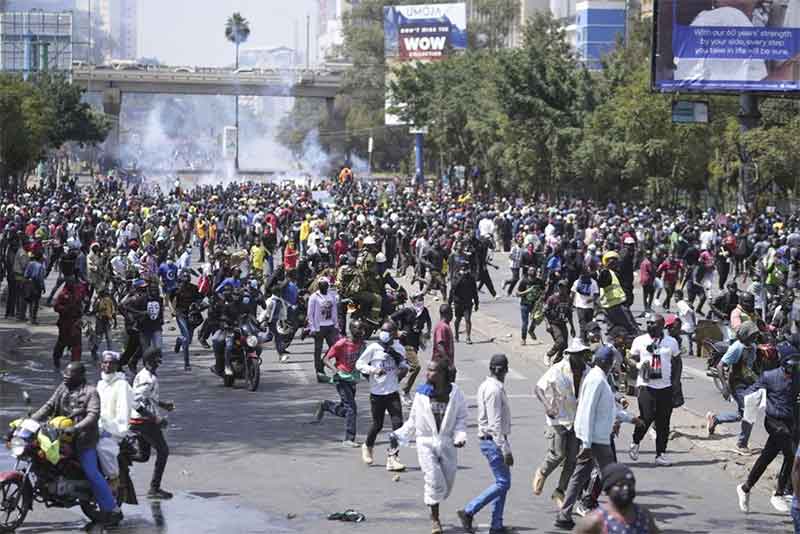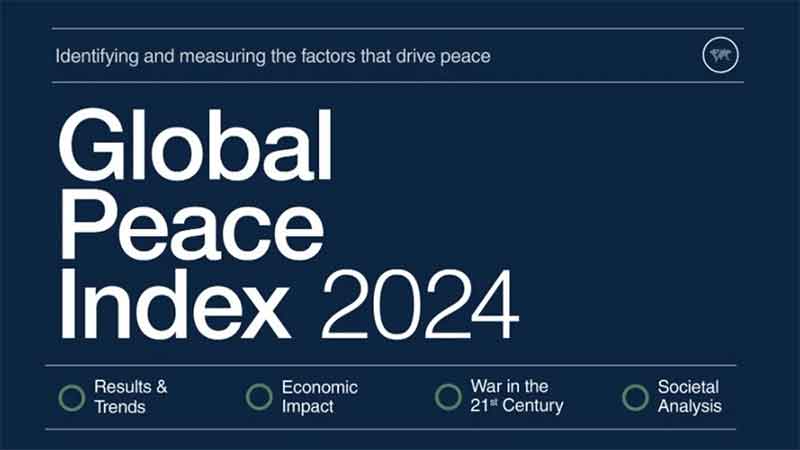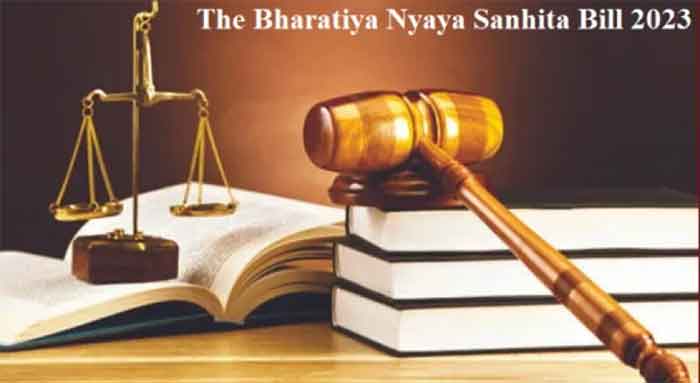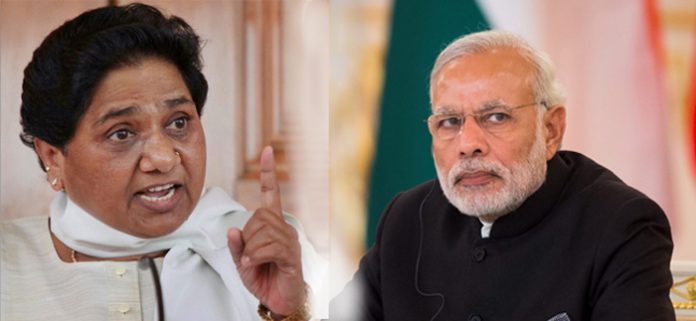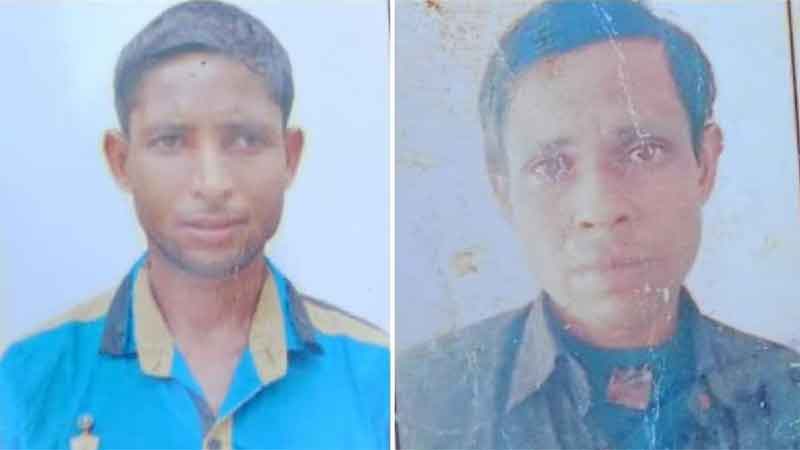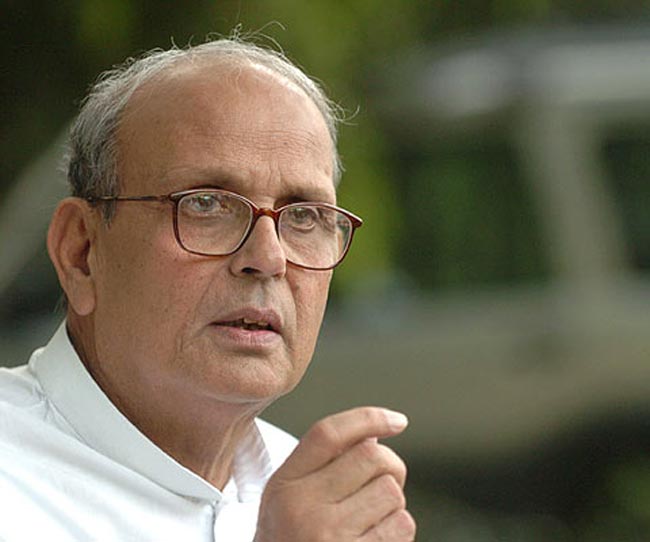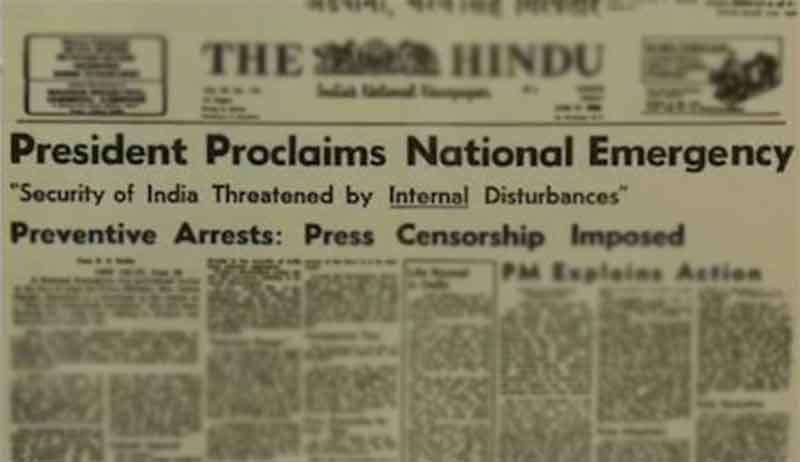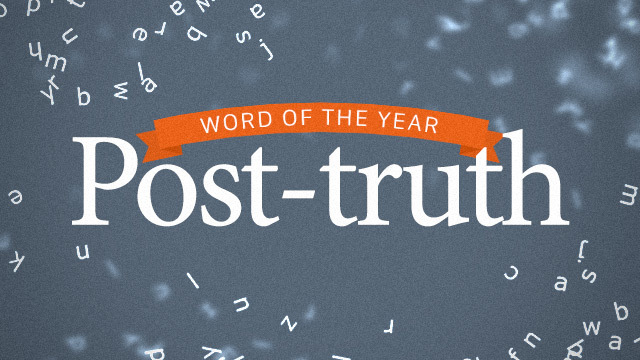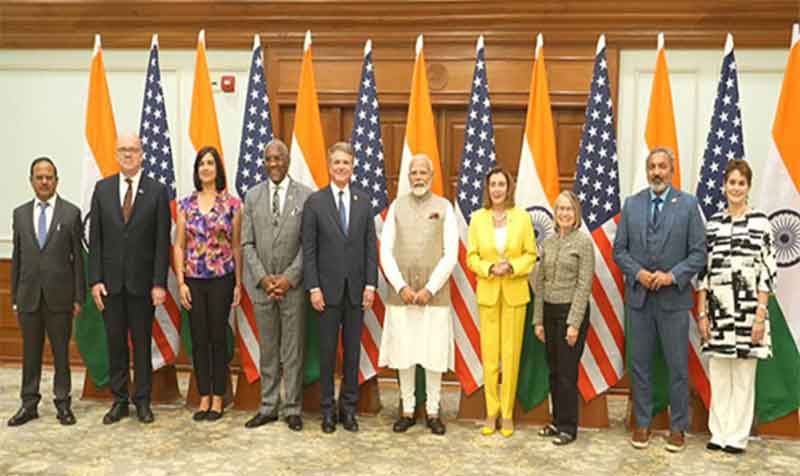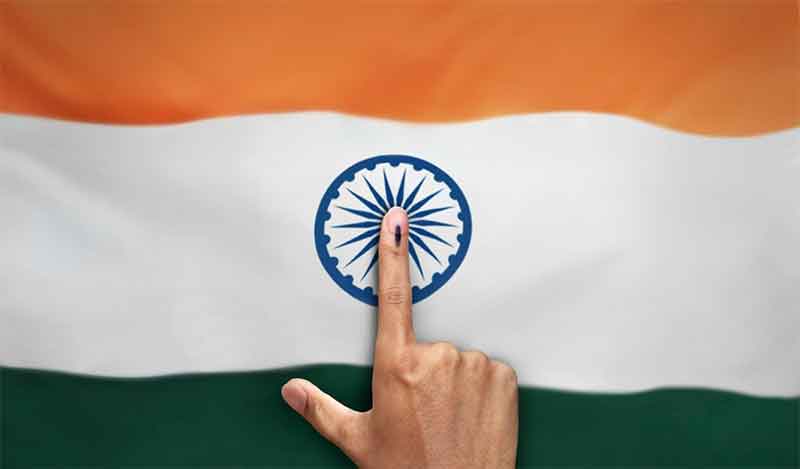
As the trends of the recent Indian elections became clear, the Chinese rover that recently landed on the far side of the moon picked up a strange sound from Planet Earth.
It was the collective sigh of relief of millions around the world at the comeuppance of Prime Minister Narendra Modi and his Bharatiya Janata Party. The devastating verdict delivered by Indian voters left the ruling party without a majority in parliament and dependent on patently untrustworthy allies to remain in power.
Sure, that bit about the Chinese moon lander was unverified BS on my part. Who can deny though, it has been a joyful sight to behold – Modi, after a decade of strutting around like a powerful Emperor, fumbling for words, wobbly in his stride and smiling at his own shadow in embarrassment.
For all the joy and celebration, two weeks down the line, there is a need for a very sober interpretation of what the election results really point to. And a brutally honest analysis to imbibe the right lessons and move on to the next round of the battle to save the Indian Republic.
Do these results signal a downward spiral for Modi and Hindutva or are they a temporary setback? Is what we are facing in our times a completely new phenomenon or part of something deeper from Indian history?
Why is a significant section of Indians still in thrall to a patently dishonest, elitist and dangerously incompetent government and its divisive ideology? What do the results really mean for Indian democracy and the welfare of common citizens?
These are very diverse questions and no, I don’t have answers to all of them. However, as a good Indian who does not let ignorance come in the way of eloquence, I will attempt some responses anyway.
Modi is nicked but not fully licked: While Modi and his band of bandicoots have certainly been much weakened by Indian voters, they are not yet out. They have survived to fight dirty another day and any complacency at this stage by those trying to save Indian democracy could end up very badly.
Instead, the only way forward to keep the gains of the 2024 results is to deepen democracy, by launching a million mutinies against the Indian elite and its most trusted servants – the Modi-Shah combine. For, no one should forget that Modi’s continuation as PM of India for a third term is a matter of deep shame and also a great danger to the entire country.
Modi and his sidekick Amit Shah are creatures who would not hesitate to shoot their own grandmothers if they came in between them and looting the Republic. After the humiliation of the 2024 results, like a wounded beast, Modi is quite likely to turn even more of a man-eater than he already was. While his paws appeared to be currently glued by compulsion, they are in fact curled up in rage, ready to strike at first chance.
Modi clones are there in every walk of Indian life: We cannot forget that Modi can hang on to power because he still has too many admirers in the country – in particular among the upper caste Hindu and corporate elites – who see him as the best protector of all their vested interests. And they constitute the most powerful lobby in the country, with endless money, muscle, and media power at their command.
Even worse, there are also many wannabe Modis in all walks of Indian life – cunning, cowardly, unscrupulous, power-hungry and predisposed – to becoming dictators. Unfortunately, a fair bit of this is true of many who are in the country’s opposition space too – who are clones ensuring the longevity of the original monster. While taking a tactical approach towards the incumbent regime, one cannot turn a blind eye completely to the opportunism or shallowness of many of its political opponents.
Modi, in that sense, represents a trend in Indian society that has always been there for centuries and has got a new lease of life in modern times. We have to reflect on how the worst in Indian society have been allowed to occupy the highest positions in every sector of the country.
The future belongs to direct action by Indian citizens: Yes, full marks to Rahul Gandhi and his two Bharat Jodo Yatras. The combination of fearless criticism of the regime and direct outreach by Rahul helped give confidence to many Indians to come out and express their disgust at Modi through the ballot box.
Even more significant is Rahul’s insistence on basic principles – whether it be focusing on the fundamental needs of the poorest citizens, his clarity on the issue of caste and raising the standards of national discourse to a much higher level than has been evident in the last decade.
However, one must not forget that the credit for the transformation of the Indian polity goes also to the thousands of Indians who have bravely resisted the Modi regime on a daily basis on a variety of issues from civil and political rights to livelihood and social welfare.
A few years ago, when the opposition parties appeared paralyzed, it was protests by farmers against the new farm laws and Muslims against the Citizenship Amendment Act that launched the ‘Indian Spring’ against the Modi regime. Both protests were dealt with brutally, ending in the deaths of many protesters and arrests of many more. By then though, they had done the trick of showing that not Modi but the entire state machinery at his command was ‘biological’ – made of the same material as the rest of us and hence eminently challengeable.
The point here is that, while the formal Indian opposition and the INDIA Alliance should be fully supported wherever possible, it would be naive to believe that on their own they are enough to take on the might of the Hindutva movement. The fact is that the fate of Indian democracy, the Constitution and the entire Republic are dependent on decentralized action on various issues by a variety of smaller and even non-political formations.
Whether it be unemployment, corruption, health, education, environment, gender or class and caste issues, the future belongs to public action by the public itself without waiting for any political party to take the lead. All this may sound utopian but if one sees the spectacular rise of citizen-led journalism in recent years and how that shaped the recent election, there is much reason to believe that this can be replicated in many other walks of Indian life too.
India is going through a civilizational battle and not just a political one: Finally, diving deeper into Indian history, one finds that whatever is happening in contemporary times has many echoes in the ancient past too.
India is a nation that has been shaped by a multitude of civilizations, each contributing to the rich tapestry of its cultural heritage. From the ancient aboriginal and Adivasi peoples to the sophisticated Indus Valley civilization, the Vedic, Buddhist and Jain cultures, the Islamic empires, and the influence of European colonialism, India has been a melting pot of diverse traditions, values, and ways of life.
However, as in the past, in modern times too there is a concerted effort to project only Vedic civilization as being ‘truly Indian’, while dismissing the contributions of all others. This is nothing but part of a millennia-old attempt to grab material resources and power by asserting the religious and cultural practices of a tiny minority of Indians as the gold standard for everyone else to follow – with those resisting being punished in myriad ways, often violent.
This narrow view of Indian identity not only undermines the country’s pluralistic nature but also threatens to impose regressive values from texts like the Manusmriti, which go against the principles of equality and progress.
Unfortunately, this is not just the stance of the Hindutva movement and its political front but also the entire mainstream political class in India. Except for the parties that emerged from Periyar’s Dravidian movement, all mainstream political parties inherently believe that modern India is nothing but an extension of the mythical ‘Aryavarta’ from Vedic times.
For India to remain united and achieve its full potential as a great nation, it is essential to recognize and celebrate the values and achievements of all its civilizations, placing them on an equal pedestal. The urbane and cosmopolitan spirit of the Indus Valley civilization, the ecological wisdom of the Adivasi peoples, the ethos of rationalism and compassion of the Buddhists and Jains, the cultural dynamism of Islamic civilization, and the progressive ideals of the European Enlightenment are all essential components of India’s identity and should be celebrated, nurtured and indeed asserted.
This is the larger framework, based on an unblinkered reading of Indian history, that needs to guide the nationwide resistance to majoritarianism and dictatorship. And this is what the defense of the Indian Constitution is really all about – the struggle for dignity, equality and respect of the Indian people against the freeloading elites who have through sheer cunning or brute force have managed to hang on to power throughout history.
The future of India will be decided by who wins this grand clash to decide if one civilization will continue to have a monopoly over everything in this ancient land or if a rainbow coalition will emerge to protect both Indian diversity and democracy.
Satya Sagar is a journalist and public health worker who can be reached at [email protected]






